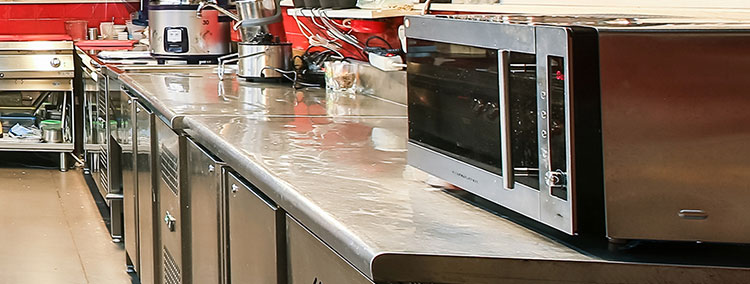
The experience you have with your appliances depends on your habits. Bad habits cost you as you have to keep on hiring expensive appliance repair professionals while good habits save you thousands of dollars. Here are tips on how to properly care for your home appliances for you to save big and at the same time make the appliances last for long:
Clean the refrigerator coils
When you don’t take good care of the refrigerator, the coils get dirty, which can provoke the fridge to stop working. For you to fix the problem, reach the coils, and clean them. You can clean them by yourself or hire a professional to help you out.
Clean coils cool more efficiently, saving you a lot of money on your utility bills.
Many people have the notion that they save time and energy by stuffing as much food as possible into the refrigerator. Overloading the fridge overworks the compressor hence you have a hefty monthly bill. You also tend to weaken the fridge door by sticking too many items there.
For the fridge to last for long and function optimally, place items to capacity. Don’t load more items than the refrigerator is designed to carry.
Clean the dishwasher
A clean dishwasher not only looks great, but it also cleans better. Clean the filter installed at the bottom of the appliance. While at it, take a look at the bottom sprayer that catches large pieces of food.
Just like the refrigerator, don’t overload the dishwasher. To save energy to heat the appliance when starting, use hot water.
Wash small loads
Regardless of how large the load of clothes you need to wash, don’t stuff all of it in the appliance. Large loads lead to early death of the machine as the appliance has to overwork.
You also should avoid washing large carpets and rubber mats with the machine. Don’t wash the clothes with too much detergent as it leaves a film on the inner surfaces that promote mold growth.
Regularly inspect the washer and ensure that it’s firmly planted to the floor. If it’s not, vibrations come about which loosen the connections causing water to leak. Loose connections also lead to a noisy washing machine that isn’t fun to have.
When it comes to cleaning the washing machine, wipe and clean the inside drum with a damp piece of cloth. Do this once a week.
After washing your clothes, leave the door open. This is to let the moisture and dampness to evaporate.
Recalibrate the oven
When the oven isn’t baking as well as it’s supposed to, chances are that the temperature setting is off. Most of the appliances come with a manual that guides you on how to recalibrate the machine properly.
Carefully follow the manual, and you will have an optimally functioning machine.
It’s common for food to splatter. When it happens, scrape the food off as fast as you can. To have an easy time removing the spills, coat the large spills with salt while the mess is hot.
Don’t put metal utensils in the microwave
To avoid fire in the appliance, don’t put any metal utensils or containers in the microwave. Before putting food in the appliance remove the aluminum foil from the food. Also, remember always to remove the seal from the food containers before you put them in the oven.
When the oven is in use, don’t cover the top. It’s common for spills to happen. To avoid a rotten smell, clean the spills as soon as they happen.
Once a week, go around the appliance and wipe down the frame, door seal, and control panel using a damp piece of cloth. This is to get rid of any dirt that might be there.
Clean out the lint filter
A dirty and clogged lint filter reduces the efficiency of the appliance and at the same time puts it at the risk of being a hue fire hazard. Commercial appliance repair Fairfax professionals recommend that you clean the dryer after every cycle.
In addition to this, take time to deep clean the dryer every month in order to get rid of any lint that might have built up in other places.
The post appeared first on Express Appliance Repair